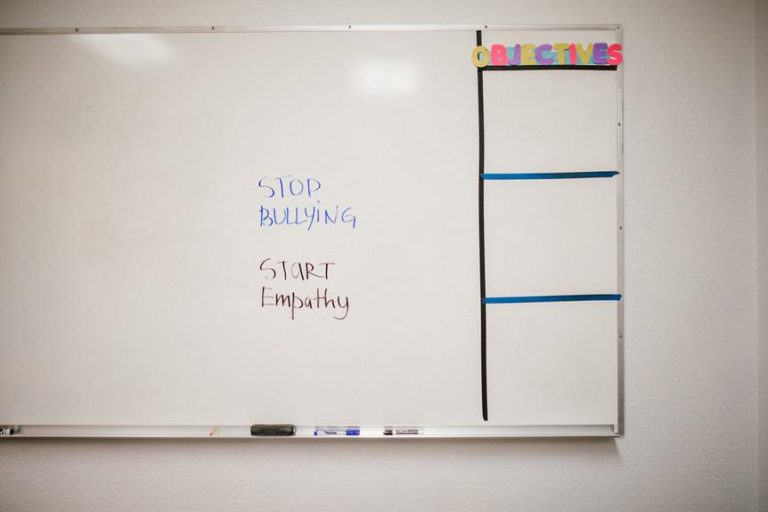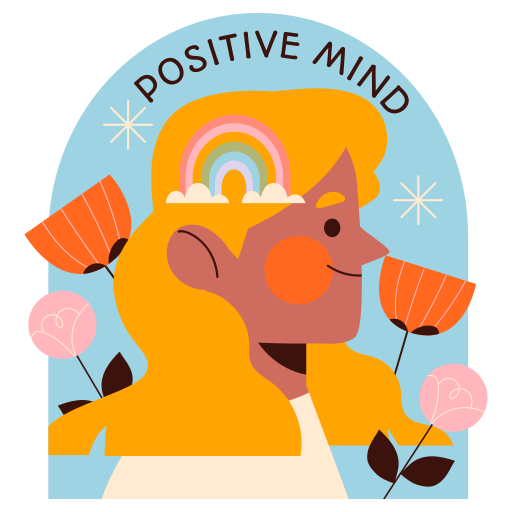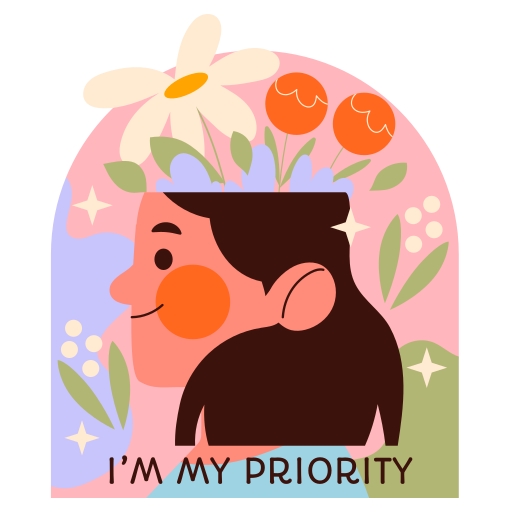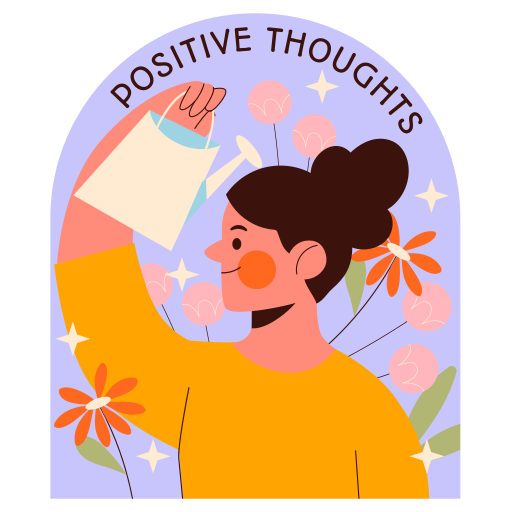Exploring the intricate mechanics of our thought patterns is a fascinating journey that often reveals surprising revelations about our mental landscapes. In a world colored by the shades of gray, the allure of absolutes can be a tempting trap. This exploration into strategies for combating all-or-nothing thinking offers a glimpse into a realm where subtlety reigns supreme, and understanding nuance becomes a powerful tool for personal growth. It invites a recalibration of perspectives and a chance to navigate the complexities of the mind with newfound clarity and insight.
Recognize Absolute Language
In the realm of combating all-or-nothing thinking, the crucial first step is to develop the skill of recognizing absolute language in one's thoughts. Language analysis plays a pivotal role in identifying the presence of extreme terms like "always," "never," or "completely," which often signify all-or-nothing thinking patterns. Cognitive flexibility is essential in this process, as it allows individuals to challenge rigid thought patterns and consider alternative perspectives. By honing the ability to spot absolute language, individuals can begin to unravel the complexities of their thought processes and gradually shift towards a more balanced and nuanced way of thinking. This awareness sets the foundation for further progress in reframing extreme thoughts and fostering a healthier mindset overall.
Reframe Extreme Thoughts
When faced with extreme thoughts influenced by all-or-nothing thinking patterns, individuals can initiate a transformative process by consciously reframing these rigid beliefs into more balanced and nuanced perspectives. Mindful reflection plays a crucial role in this process, allowing individuals to step back and observe their thoughts without judgment. By engaging in cognitive reframing, individuals can challenge the absolutes in their thinking and replace them with more realistic and flexible viewpoints. It involves questioning the validity of extreme beliefs and considering alternative interpretations of situations. Through this practice, individuals can gradually shift towards a mindset that embraces shades of gray, fostering greater emotional resilience and adaptive coping strategies.
Challenge Black-and-White Thinking
Transitioning from reframing extreme thoughts, individuals can embark on a transformative journey by actively challenging black-and-white thinking patterns to cultivate a more balanced and nuanced perspective on life's complexities. Cognitive flexibility plays a crucial role in breaking free from rigid thought patterns, allowing for a more adaptable mindset. Embracing balanced perspectives enables individuals to see the shades of gray in situations, fostering a deeper understanding of the multifaceted nature of life. By challenging black-and-white thinking, individuals can gradually replace absolute judgments with more nuanced and compassionate viewpoints, promoting personal growth and resilience. Remember, the journey towards balanced perspectives is a process that requires patience and self-reflection.
Utilize Thought-Provoking Questions
By incorporating thought-provoking questions into your introspective process, you can effectively challenge all-or-nothing thinking patterns and cultivate a more nuanced and adaptable mindset. Self reflection prompts and cognitive reframing techniques can help break the cycle of extreme thinking. Mindfulness exercises and critical thinking challenges provide opportunities to explore different perspectives and consider alternative viewpoints. Below is a table highlighting the importance of utilizing thought-provoking questions in combating all-or-nothing thinking:
| Benefits of Thought-Provoking Questions | Purpose | Examples |
|---|---|---|
| Encourages critical thinking | Challenges rigid beliefs | What other factors could be influencing this situation? |
| Promotes self-reflection | Enhances self-awareness | How does this belief impact my emotions? |
| Facilitates cognitive flexibility | Encourages open-mindedness | What are some alternative explanations for this outcome? |
Focus on Progress, Not Perfection
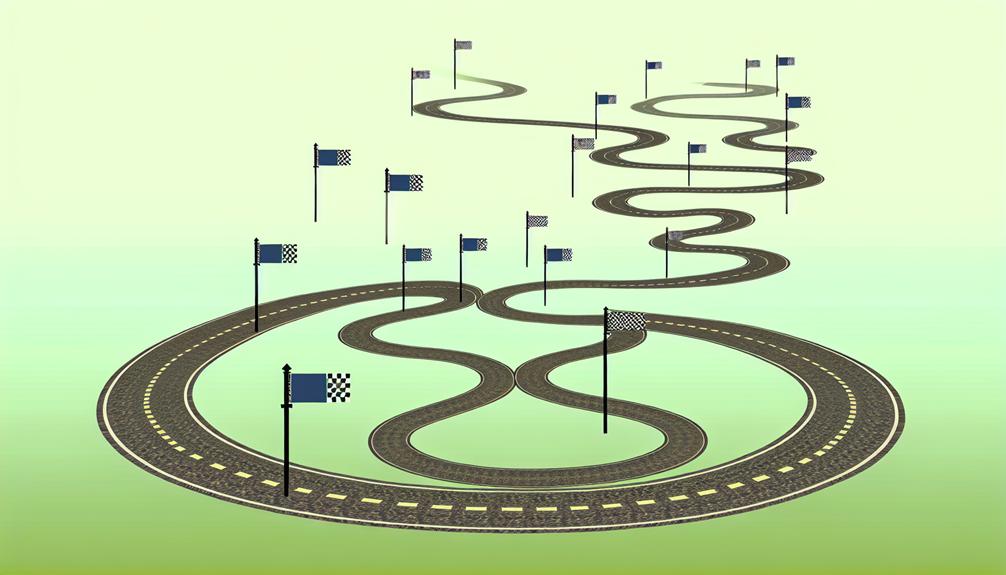
To cultivate a healthier mindset and enhance personal growth, it is essential to shift your focus towards progress rather than fixating on achieving perfection. Embracing a growth mindset allows room for learning and improvement, leading to a more fulfilling journey. Celebrate small victories along the way to acknowledge your efforts and stay motivated. Remember, progress is a continuous journey, and each step forward, no matter how small, contributes to your overall development. In the pursuit of personal growth, focusing on progress not only builds resilience but also fosters a sense of accomplishment and satisfaction in your endeavors. Trust the process, and embrace the growth that comes with each step you take.
Can All-or-Nothing Thinking Impact Belief Systems?
All-or-nothing thinking can greatly impact belief systems. It can lead to a lack of flexibility and self-doubt. However, there are tips for self belief that can help change this mindset. By practicing positive self-talk and reframing negative thoughts, individuals can strengthen their belief systems and overcome the limitations of all-or-nothing thinking.
Are the Strategies for Overcoming Negative Thoughts Effective in Stopping All-or-Nothing Thinking?
Struggling with all-or-nothing thinking? Consider using tips to stay positive as a way to overcome negative thoughts. By focusing on gratitude, challenging negative beliefs, and practicing self-compassion, you can effectively combat this harmful thinking pattern and embrace a more balanced and optimistic mindset.
Acknowledge and Accept Mistakes
Understanding the importance of acknowledging and accepting mistakes is fundamental in fostering personal growth and resilience. Learning resilience involves recognizing that mistakes are opportunities for growth rather than reflections of personal failure. Embracing a growth mindset means understanding that progress is achieved through trial and error, and mistakes are a natural part of the learning process. By acknowledging mistakes, individuals can learn valuable lessons, gain new insights, and develop a deeper understanding of themselves. This mindset shift not only builds resilience but also cultivates a sense of self-worth that is not contingent on perfection. Embracing mistakes as stepping stones towards improvement is a powerful way to nurture personal development and foster a more compassionate relationship with oneself.
Embrace Life's Nuances

Embracing life's nuances allows individuals to cultivate a deeper appreciation for the complexity and richness of experiences, fostering a more holistic understanding of themselves and the world around them.
- Embracing complexity, finding balance
- Nuanced thinking, holistic approach
- Appreciating the beauty in life's subtleties
Frequently Asked Questions
How Does All-Or-Nothing Thinking Impact Relationships With Others?
In relationships, all-or-nothing thinking distorts communication skills, leading to trust issues. Black-and-white perspectives hinder understanding and compromise. By embracing nuances, fostering empathy, and practicing flexibility, individuals can cultivate healthier connections and foster meaningful relationships.
Can Childhood Experiences Influence the Development of All-Or-Nothing Thinking?
Childhood experiences hold significant influence in shaping cognitive distortions like all-or-nothing thinking. Early interactions and environments can foster rigid belief systems, impacting one's perception of self and the world. Understanding these roots aids in overcoming such patterns.
What Role Does Mindfulness Play in Combating Black-And-White Thinking?
In the journey to combat black-and-white thinking, mindfulness practice serves as a guiding light. By fostering awareness and acceptance of thoughts without judgment, individuals can navigate cognitive distortions with clarity, embracing the beauty of balanced perspectives.
How Can One Differentiate Between Healthy Striving for Excellence and All-Or-Nothing Perfectionism?
Differentiating between healthy striving for excellence and all-or-nothing perfectionism involves embracing progress over perfection, setting realistic goals, and valuing self-improvement. Healthy striving fosters growth, while perfectionism fixates on unattainable ideals, hindering personal development.
Are There Specific Relaxation Techniques That Can Help Counteract the Stress Caused by Extreme Thinking Patterns?
To counteract stress from extreme thinking, incorporating deep breathing and progressive muscle relaxation techniques can be beneficial. These practices promote mindfulness, reduce tension, and enhance emotional regulation, fostering a calmer mindset amid challenging thought patterns.









